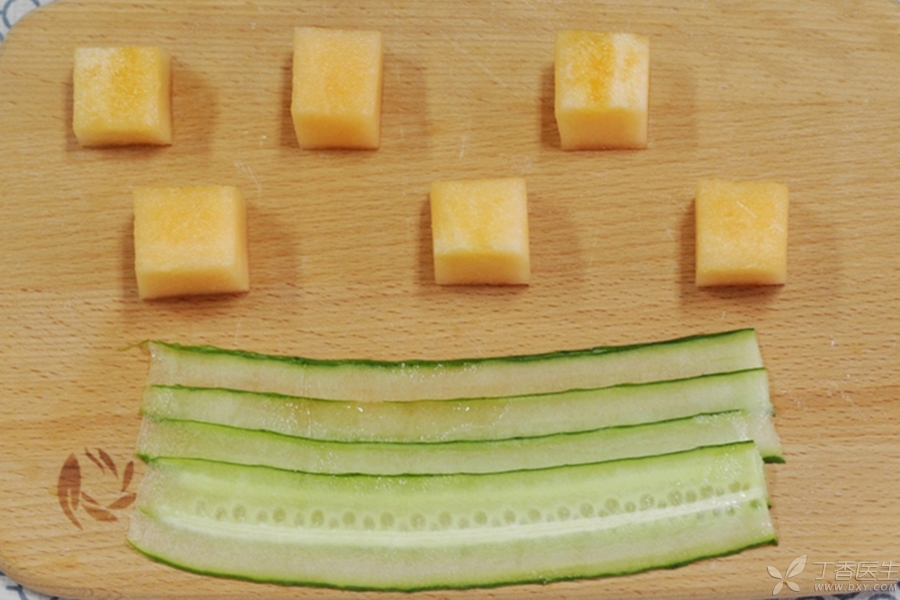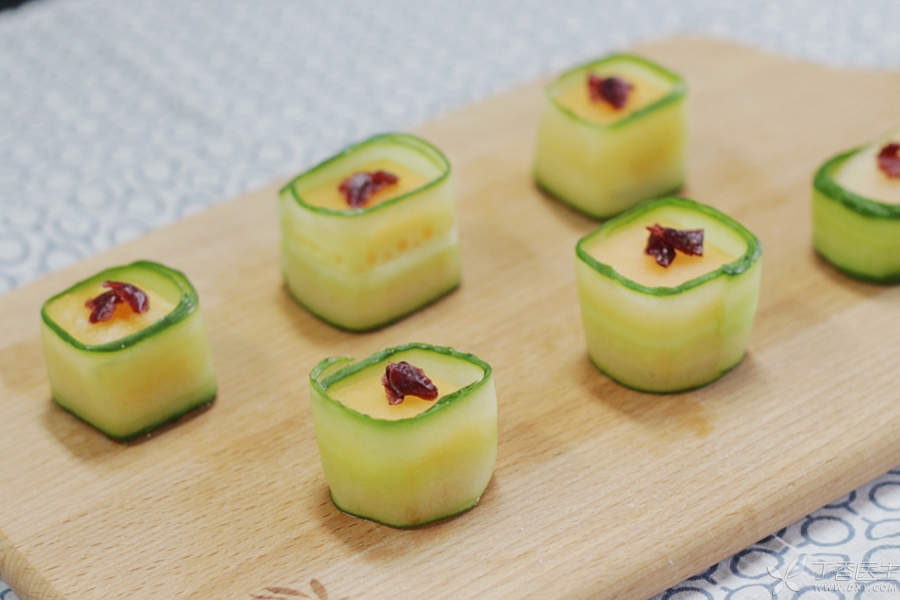
Life is getting richer and the diet is becoming more and more diversified. Trendy parents sometimes take their children to taste exotic delicacies such as Italian food and French food.
But when it comes to Japanese food, parents are somewhat puzzled. Most of Japan’s most famous sushi contains raw fish. Can children taste it?
Is it risky for children to eat sushi?
For children, raw fish used in sushi is the most important risk to pay attention to.
The most common salmon has certain parasite risks. Many restaurants will use quick freezing and other treatment methods to kill parasites, but the treatment temperature and time need to be strictly controlled, which may cause risks if not fully treated.
Shells such as scallops and oysters have certain risks of bacterial food poisoning, while even tuna, which is beneficial to children’s brain development, also has certain risks of heavy metal pollution.
After all, children’s digestive and immune systems are not yet mature and are not as experienced as adults. Faced with these risks, parents still need to consider carefully.
How old are you to eat sushi?
Children will eventually grow up and will taste sushi one day. How old is it to bear the above risks?
Industry suggestions range from 2.5 to 6 years old, but the unified consensus is that raw fish can only be eaten after solid supplementary foods are added.
Which sushi is suitable for children?
Compared with raw fish sushi, sushi made of cooked eggs (roasted in Yuzi), cooked shrimps and diced vegetables is more suitable for children, after all, the risk is much less after the ingredients are fully cooked.
However, it should also be noted that the rice in sushi is seasoned with salt, vinegar and oil. It is good for children to taste it in a small amount. The staple food without seasoning should be the daily choice.
And even in Japan, sushi is only a festival food and is not eaten every day as we think.
Besides, high-quality sushi is not (not) convenient (often) appropriate (expensive) and cannot be eaten every day.
Is there a sushi suitable for children?
This is true.
[Sushi] made of fruits not only does not have the risk of sashimi, but also can fully satisfy children’s curiosity about sushi. The size of sushi one by one is also very suitable for snacks between meals (provided that it does not affect the appetite for dinner).
More importantly, the required ingredients are easy to buy and the production process is very simple, which can be completed in 5 minutes.
Let’s learn together!
Muskmelon sushi
The following ingredients can be made into 6 ~ 8 pieces.
Ingredients
- Muskmelon 2 teeth cucumber half root any dried fruit (raisins, blueberries, cranberries, etc.)

Practice
1. Cut melons into small square pieces suitable for children’s entrance, and cut cucumbers into thin strips with peeling knives.

2. Wrap cucumber strips on the outside of melon pieces, and sprinkle some dried fruits on the top of melon for decoration.

Tips
In order not to affect children’s appetite for dinner, it is recommended to eat 1-2 pieces of fruit sushi at a time. Baoma can also prepare more for children to share with their good friends, so that children can cultivate the awareness of sharing from an early age.
Ding Ma’s Comments on
The vitamin C content of melon is almost 3 times that of watermelon (vitamin C content of melon is 21.8 mg/100g, vitamin C content of watermelon is 8.1 mg/100g), and it is easier to concave and shape than watermelon that is crushed at one pinch.
Dark dried fruits are rich in anthocyanins, but they also contain high sugar, so just put a little on top of sushi as decoration.
Banana sushi
The following ingredients can be made into 6 ~ 8 pieces.
Ingredients
- Banana 1 peanut butter 1 tablespoon nuts

Practice
1. Cut bananas into small pieces suitable for children’s entrance and coat the outside with peanut butter.

2. Use the stickiness of peanut butter to make the nuts stick evenly on the outside of bananas.

Tips
Peanut butter is recommended to choose low salt or no salt, and it will be clear at a glance if you compare and check the sodium content in the nutrition label when purchasing. If you are really not at ease, you can also use the wall-breaking machine to make peanut butter. In order to ensure safety, it is best to seal and refrigerate it and eat it within 3-5 days.
If the baby in the family is allergic to peanuts, it can also be replaced by sesame paste, happy jam and other nut jams.
Children had better chew and swallow this sushi slowly when eating it, because if they eat it while talking and slapstick, nuts may choke into the trachea. Parents still need to pay attention (in fact, children need to chew and swallow slowly when eating all food).

Ding Ma’s Comments on
Bananas are rich in potassium (358 mg/100g). WHO also suggests that children can prevent adverse effects caused by increasing age and blood pressure by taking sufficient potassium (3510 mg/day) from food.
Proteins, polyunsaturated fatty acids, minerals and vitamin E in various nuts are also beneficial to children’s growth and development. Some studies have found that eating peanuts is also beneficial to children’s weight management and girls’ chest health.
The next time you eat sushi, the baby will not have to watch but not eat it. Prepare these two fruit sushi and share them with the baby.
